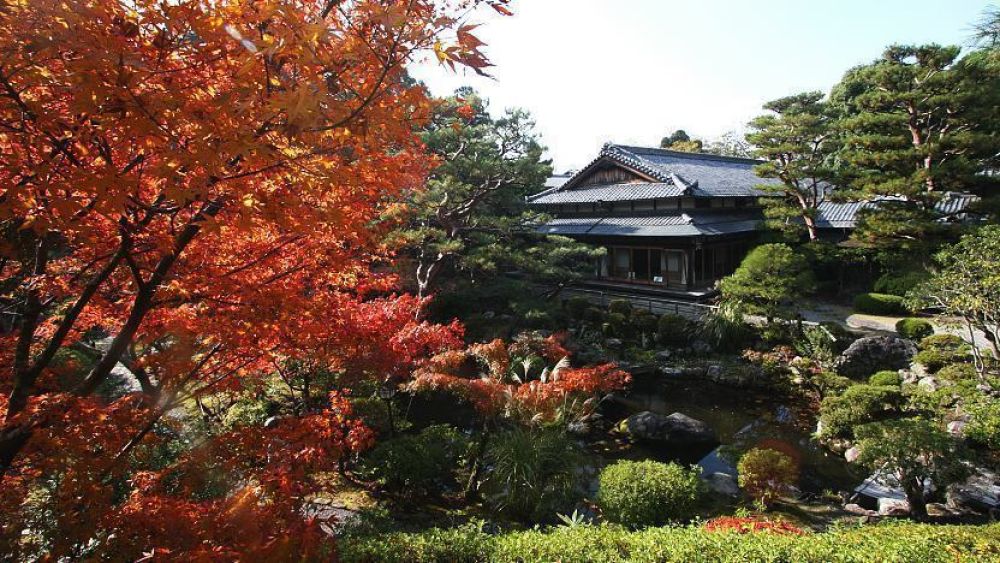

Located in the captivating city of Nara, Japan, the Yoshikien Garden is a tranquil space that offers visitors a glimpse into traditional Japanese landscape design. Named after the Yoshikigawa River nearby, Yoshikien Garden has been an integral part of Nara's cultural tapestry and its tourism history for many decades.
The garden was established during the Meiji Period (1868-1912), a time of significant modernization and Western influence in Japan. Originally, the grounds were part of the villa of a local merchant, and it wasn't until later in the 20th century that the space was donated to Nara Prefecture to be enjoyed by the public.
Yoshikien Garden is composed of three distinct gardens: the Pond Garden, the Moss Garden, and the Tea Ceremony Flower Garden, each representing a classic style of Japanese gardening. This variety showcases the complexity and elegance of Japanese landscape architecture, making the garden a compelling destination for visitors interested in traditional aesthetics and gardening techniques.
As international interest in Japanese culture grew, so did the number of visitors to Yoshikien Garden. The garden became a must-visit location for those looking to experience the serene beauty and tradition of Japan. Efforts were made to preserve the integrity of the garden while accommodating an increasing number of tourists. Information plaques and guided tours have been introduced to educate visitors on the historical and cultural significance of the site.
One of the unique aspects of Yoshikien Garden is its appeal throughout the four seasons. Spring ushers in a stunning display of cherry blossoms, summer offers lush greenery, autumn features a vivid tapestry of foliage, and winter creates a serene, snow-covered landscape. This seasonal transformation has made the garden a year-round attraction for tourists.
In recent years, there has been a trend of increasing interest in sustainable and cultural tourism. Visitors to Yoshikien Garden are often seeking an authentic experience that educates and connects them with traditional Japanese culture. There is also a growing popularity of garden and wellness tourism, where visitors engage with natural spaces like Yoshikien not only for beauty but for mental and spiritual well-being.
To adapt to modern demands, Yoshikien Garden has made efforts to provide a more accessible and informative experience for non-Japanese-speaking visitors. Multilingual signage and brochures are becoming more commonplace, ensuring that the garden's beauty is matched with an understanding of its heritage and significance.
Furthermore, special events and cultural workshops, such as tea ceremonies and ikebana (flower arranging) classes, have been introduced to provide interactive experiences for guests. These efforts showcase an evolving approach to tourism that values engagement and education, reflecting the latest trends in the industry.
In conclusion, Yoshikien Garden is not just a site of natural beauty, but a living museum of Japanese gardening traditions. Its history and current evolution are a testament to Nara's commitment to preserving culture while meeting the contemporary needs of global tourists.